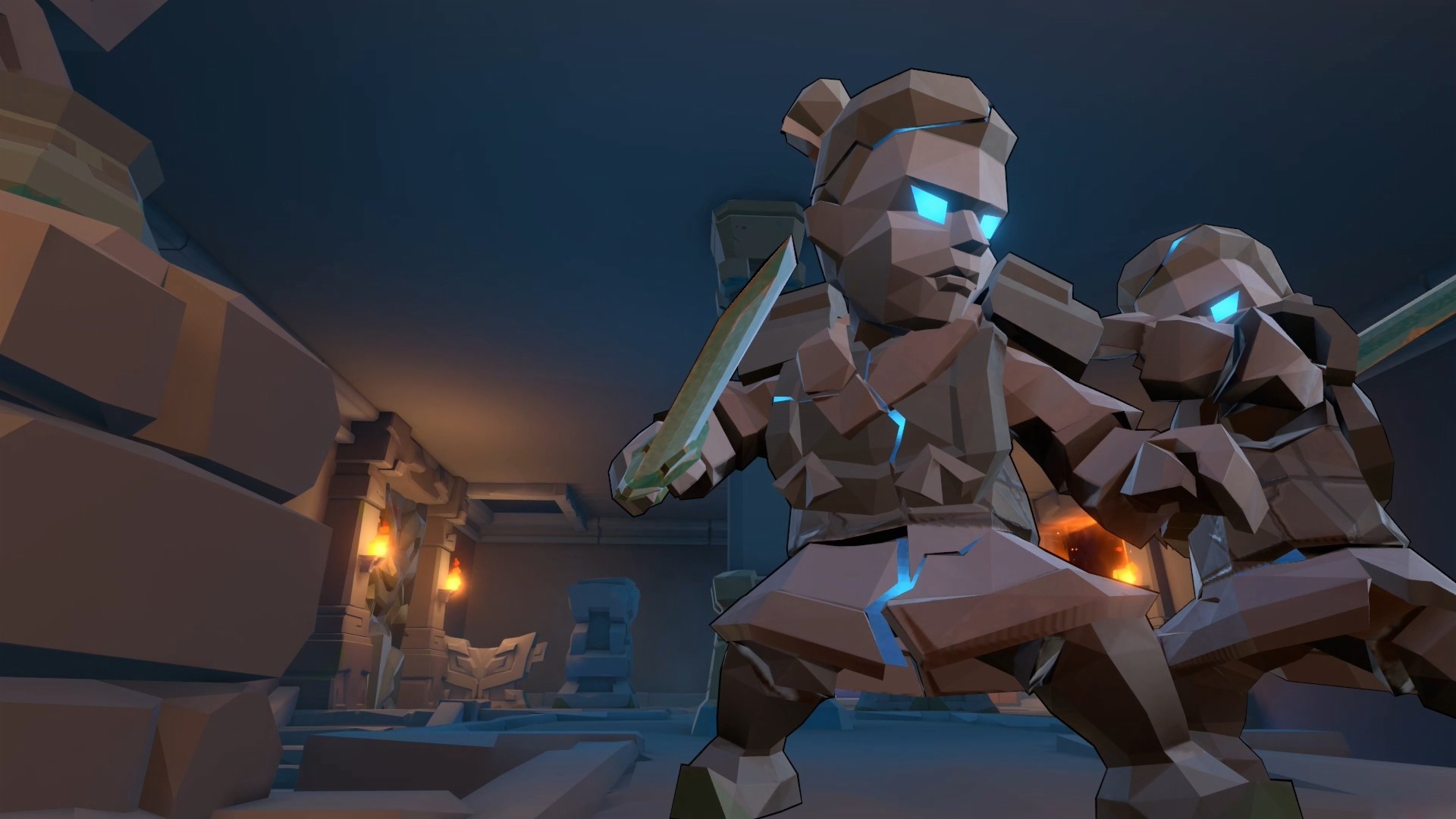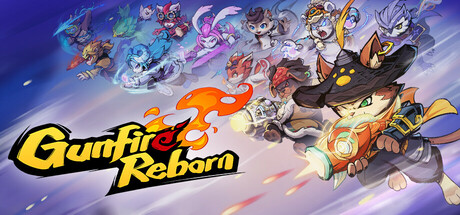Introduction
I’ve played plenty of roguelites and looter-shooters—from the fast-paced levels of Risk of Rain 2 to the over-the-top action of Borderlands. Gunfire Reborn adds a first-person spin to that mix. Released in November 2021, this indie game blends precise FPS shooting, roguelite progression, and light RPG elements. In this guide, we’ll look at what it does well, where it falls short, and why so many Steam players love it (87% recent positive, 93% all-time).
Story and Setting
Unlike story-driven games such as Hades, Gunfire Reborn keeps its plot simple: you’re a hero moving through elemental worlds to beat the Dark Lord. Compared to the deep lore of Monster Hunter Stories or the dwarven tales in Deep Rock Galactic, its story is basic by design.
-
Strength: Clear zones (Desert, Forbidden Grove, Abyss) give each area its own look and feel.
-
Weakness: If you want a rich, ongoing story, this one may feel too light.
Gameplay and Roguelite Design
-
Core Loop: Levels are built randomly and items drop at random, just like in Risk of Rain 2. But here, the FPS combat brings real kickback, hip-fire spray, and scoped aiming.
-
How It Compares: While RoR2 leans into ever-growing chaos, Gunfire focuses on smart cover play, weapon skills, and cooldowns.
-
Hero Skills: Each of the seven heroes has unique abilities and simple talent trees—think Borderlands, but scaled down.
-
RNG Balance: With over 100 items and many guns, you get fun combos every run. Still, sometimes a bad drop can slow you down.
-
Strength: Endless replay value thanks to surprise item mixes.
-
Weakness: Luck can swing a run, which some players dislike.
-

Visuals and Audio
Gunfire Reborn’s cel-shaded art style blends cartoonish flair with gritty detail, recalling Borderlands’ comic-book aesthetic but with brighter palettes and sharper silhouettes. The environmental design—from sun-scorched ruins to bioluminescent caves—feels handcrafted despite procedural assembly.
Audio: Crisp gunfire, satisfying reload cues, and elemental effects (flames, frost crystals) enhance immersion. However, the soundtrack is serviceable rather than memorable, lacking the iconic melodies found in games like Hades.
Co-op and Replayability
Four-player co-op is smooth and easy to join or leave, much like Deep Rock Galactic or Vermintide. Loot is shared, and enemies scale to your team size, so every run feels fair.
-
Strength: Enemy waves adjust so every hero stays useful.
-
Weakness: Team builds never go very deep—unlike Vermintide, where classes work together in complex ways.

User Reviews and Community Feedback
With 87% positive reviews recently and 93% all-time praise across 84,803 players, the community highlights:
- Praise: “Addictive build diversity,” “smooth gunplay,” and “endless replay value.”
- Criticism: Occasional bugs, balance dips at higher levels, and grindy unlocks.
- Insight: Players appreciate the low barrier to entry and constant sense of progression, but long-term investment can feel repetitive without fresh content drops.
Industry Impact and Final Thoughts
Gunfire Reborn proves that indie teams can rival bigger studios by fusing genres with finesse. While it may not top narrative roguelites or match blockbuster production values, it carves its niche through tight FPS mechanics and modular builds. Compared to its peers, it stands out for approachable co-op and a hooky progression loop—but it also reminds us that reliable content updates and deeper story layers could elevate it further. For explorers seeking fluid gunplay and ever-shifting challenges, Gunfire Reborn is a roguelite frontier well worth your next adventure.

